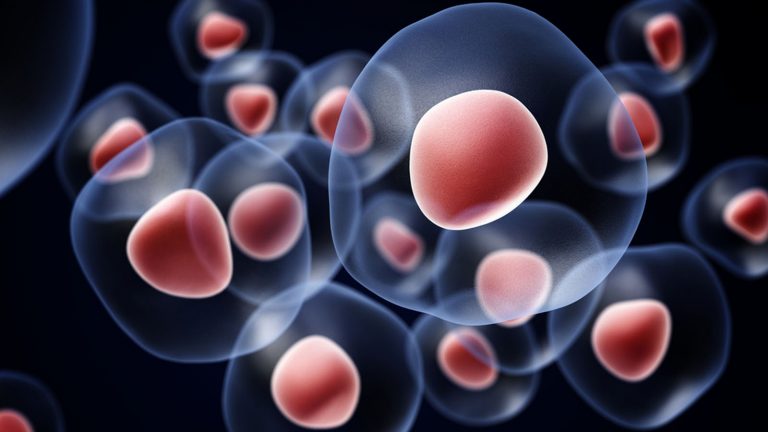
After struggling throughout the latter half of 2016 with various development and regulatory pressures, Catalyst Pharmaceuticals Inc (NASDAQ:CPRX) has finally found some reprieve. Said reprieve comes in the form of some data just put out relating to the company’s lead development candidate (although not related to said candidate’s lead indication directly) and Catalyst is running up on the, well, catalyst.
Here’s a look at what just happened, and what it means for the company and its shareholders going forward.
So, the drug is called Firdapse, and it was initially developed in Europe by BioMarin Pharmaceutical Inc. (NASDAQ:BMRN). The background is worth touching on to offer a bit of perspective. A free base version of the active compound, called amifampridine, has been used on and off to treat various types of congenital myasthenic syndrome (CMS) since the 1990s. This was a sort of off label approach, however, as most of these conditions were too rare to justify a company piling resources into the development of a free base compound.
At the turn of the century, BioMarin picked up a phosphate salt form (far more stable and commercially viable) from a university in Paris, and took it through the development process in Europe as a Lambert–Eaton myasthenic syndrome (LEMS) target. It picked up approval in 2009 in said indication, and BioMarin licensed US rights to Catalyst. Since then, Catalyst has basically spent its time pushing for approval in LEMS in the US, as well as a few other indications, of which the one on which we are focusing today is one.
The LEMS indication is late stage, but had some trouble when the company received a refuse to file notification on its NDA early 2016. How that’s going to play out is up in the air right now, but we’ll wager that things should work out in the end (the drug works, as demonstrated by its European approval, and this is a big unmet need).
Anyway, we’re here to discuss a condition called myasthenia gravis (MG) and specifically, a subset of this condition whereby patients have what are called anti-MuSK antibodies (MuSK-MG). This is a condition that is already rare, and there are very few treatment types available for the overarching, non MuSK type. When it comes to the MuSK type, there’s basically no therapy available (as these patients are often resistant to standard of care MG therapy) and so if Catalyst can get one to market in the form of Firdapse, then it could easily become the first line SOC in the space.
So let’s get to the data.
It was a tiny study (just seven patients) but this is to be expected in this type of ultra rare condition. From the numbers derived from the study, Firdapse met both of its predefined co-primary efficacy endpoints, and did so with stat significance and clinically significance, with the latter based on the given parameters of change from baseline in total Quantitative Myasthenia Gravis score and CFB in total Myasthenia Gravis Activities of Daily Living score.
So what’s next?
Well, this is a phase II study, and the company will need to conduct a pivotal investigation before the drug can hit shelves in the US. As such, the next step is to sit down with the agency in the US and try and hammer out a registration protocol. Again, with this being an ultra rare condition, said protocol likely won’t involve too many patients, but don’t expect that to make it any easier for Catalyst to fill enrollment quota. It’s likely going to have to8 be multi site, and almost certainly global multi site, if the company is going to get enough patients on board to satisfy FDA registration protocol. In this sense, enrolment completion is almost as important as trial completion, meaning we’ve got a couple of major (and potentially very near term) catalysts to keep an eye one.
There are also implications here for the wider pipeline. If this drug is effective in this condition, it hints at efficacy in other types of similar conditions, many of which feature in Catalyst’s development pipeline.
Bottom line, one to watch going forward. We will likely see further strength as the company moves into pivotal, and inches towards registration.




